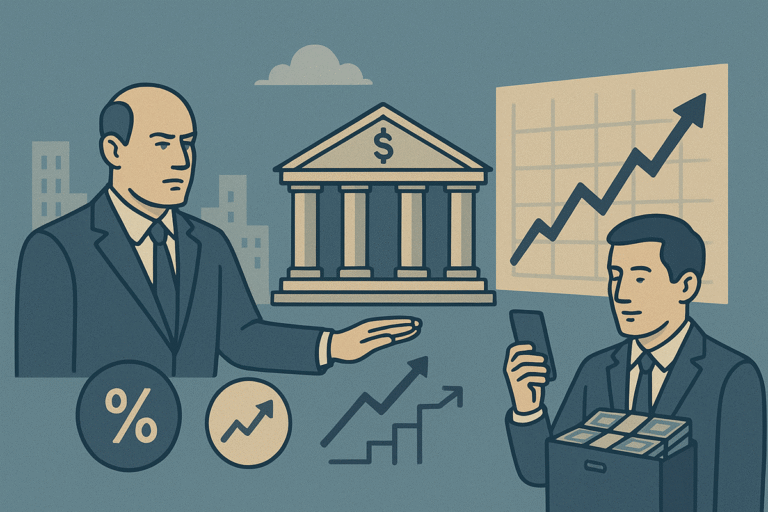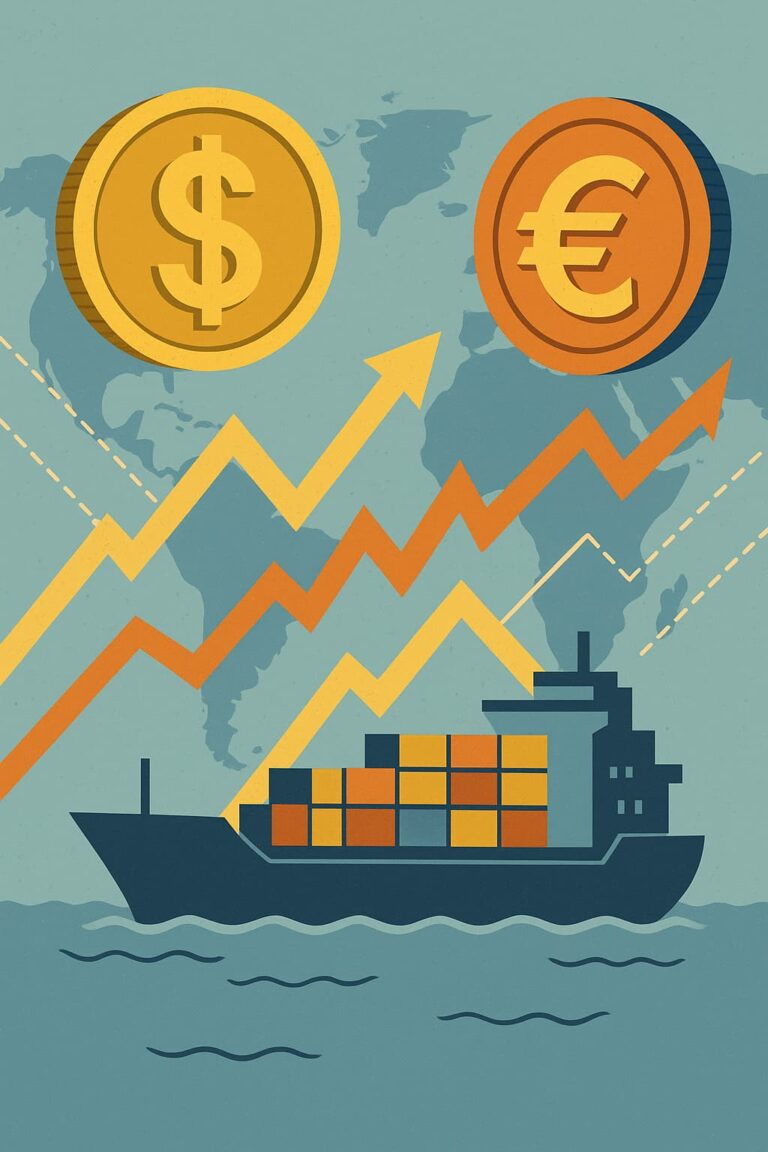The euro is climbing. The dollar is fading. And investors are paying close attention.
In 2025, major forex moves are shaking markets. The EUR/USD pair is hitting multi-month highs. For many, this shift signals a new global financial reality.
From interest rate paths to trade flows, the dollar is losing ground—and the euro is stepping up.
Wondering why this is happening and how it affects your portfolio? Let’s explore it all.
What’s Fueling Euro Strength?
The euro’s strength isn’t just a technical rally. It’s backed by major economic and policy changes in Europe.
The European Central Bank (ECB) has taken a more hawkish tone, surprising markets. Meanwhile, core economies like Germany and France are rebounding faster than expected.
4 Drivers of Euro Strength
- Hawkish ECB: Strong messaging about rate discipline
- Improving EU growth: GDP revisions trend higher
- Surging energy independence: Less dollar-reliant imports
- FX reserves shift: Central banks adding euros, trimming dollars
How the Market Reacted
- EUR/USD climbed past 1.16 in Q2 2025
- Eurozone bond yields rose with demand
- DAX and CAC-40 outperformed S&P 500
- European bank stocks saw renewed inflows
The euro is no longer the underdog. It’s a favored reserve alternative.
Why the Dollar Is Losing Its Shine
Once the ultimate safe-haven, the U.S. dollar is facing structural and cyclical headwinds in 2025.
The Fed is closer to rate cuts than hikes. U.S. fiscal concerns are growing. And global investors are increasingly diversifying away from dollar-dominated assets.
4 Reasons for Dollar Weakness
- Fed pivot signals: Markets pricing in lower rates
- Twin deficit pressure: Budget and trade gaps widen
- Reserve diversification: Global banks reducing USD holdings
- Foreign demand drop: Fewer buyers of U.S. Treasuries
What This Means for Markets
- U.S. equities become pricier for foreign investors
- Commodity prices adjust in non-dollar terms
- Emerging market currencies gain strength
- Currency hedging becomes more expensive
When the dollar slips, the rest of the world moves faster.
Case Study: EUR/USD in Action
In April 2025, a surprise rate hike by the ECB pushed the EUR/USD pair up 2.4% in a week.
Simultaneously, dovish Fed commentary and a weaker-than-expected U.S. jobs report triggered a sell-off in dollar-index futures.
Result:
- EUR/USD surged to 1.1625, a 12-month high
- EU-focused ETFs like EZU and HEDJ gained 4–5%
- Investors rotated into euro-denominated assets
- European exporters faced some margin pressure, but sentiment remained strong
One week, two central banks, and billions shifted across borders.
How Investors Can Position for FX Volatility
Currency moves don’t just affect forex traders. They ripple across equity, bond, and commodity markets.
In 2025, FX trends are shaping portfolio outcomes—especially for global investors and those holding foreign revenue stocks.
4 Smart Positioning Strategies
- Currency-Hedged ETFs: Reduce exposure to USD loss
- European Equities: Take advantage of stronger currency tailwinds
- Diversified Cash Holdings: Spread reserves across EUR, CHF, SGD
- Commodities in Local Terms: Gold, oil, and copper priced differently as dollar weakens
Protecting your returns starts with managing currency drag.
FX and Central Bank Dynamics
In a world driven by rates and expectations, central banks are key FX drivers.
The ECB is holding its line on inflation. The Fed is leaning toward easing. And the Bank of Japan remains dovish, weakening the yen and strengthening the euro by comparison.
2025 Central Bank Summary
- ECB: Signaling rate hold through late 2025
- Fed: May cut rates by Q3 amid slowing growth
- BoJ: Yield curve control remains intact
- BoE: Focused on post-Brexit growth challenges
It’s not just about what banks do—it’s what they say.





